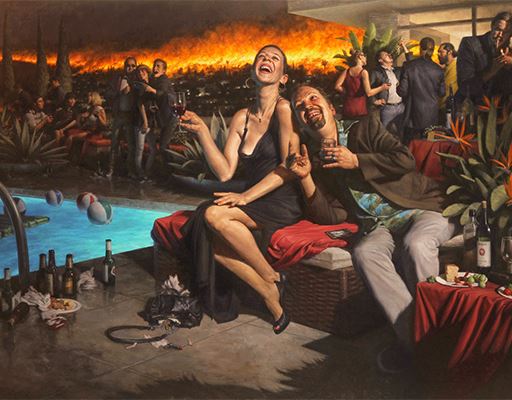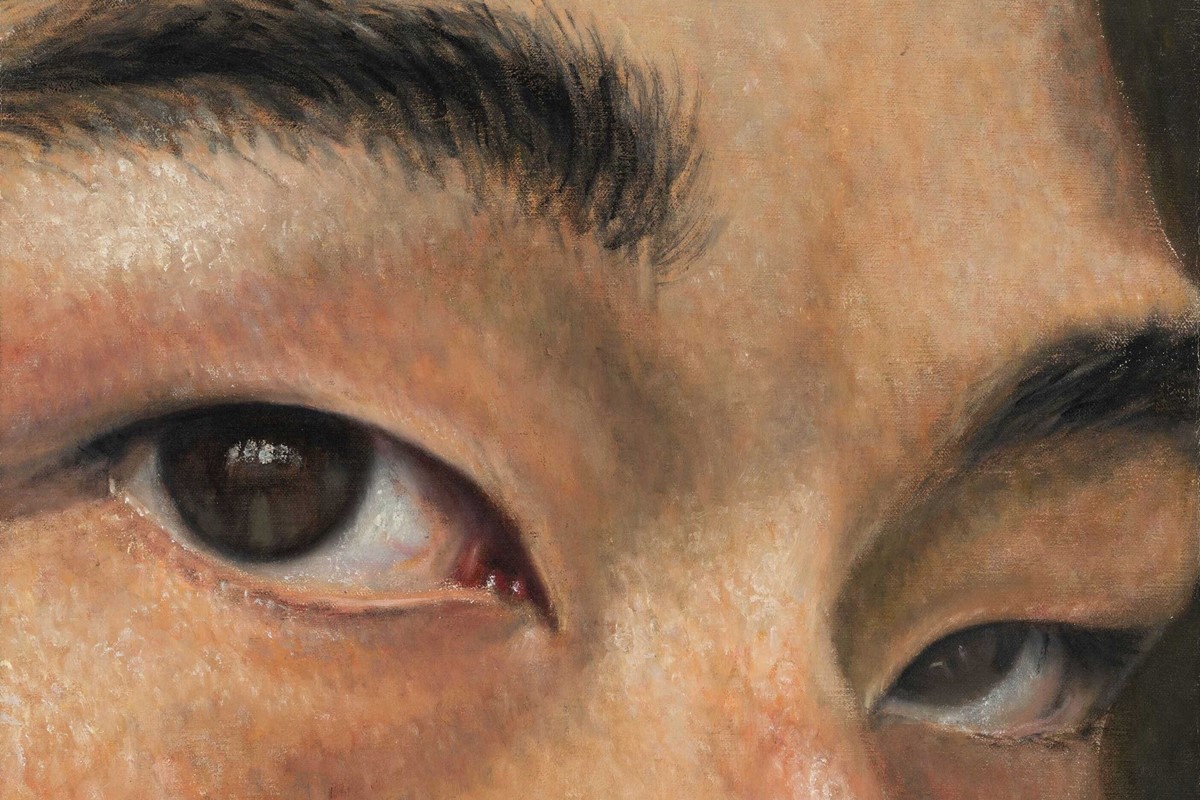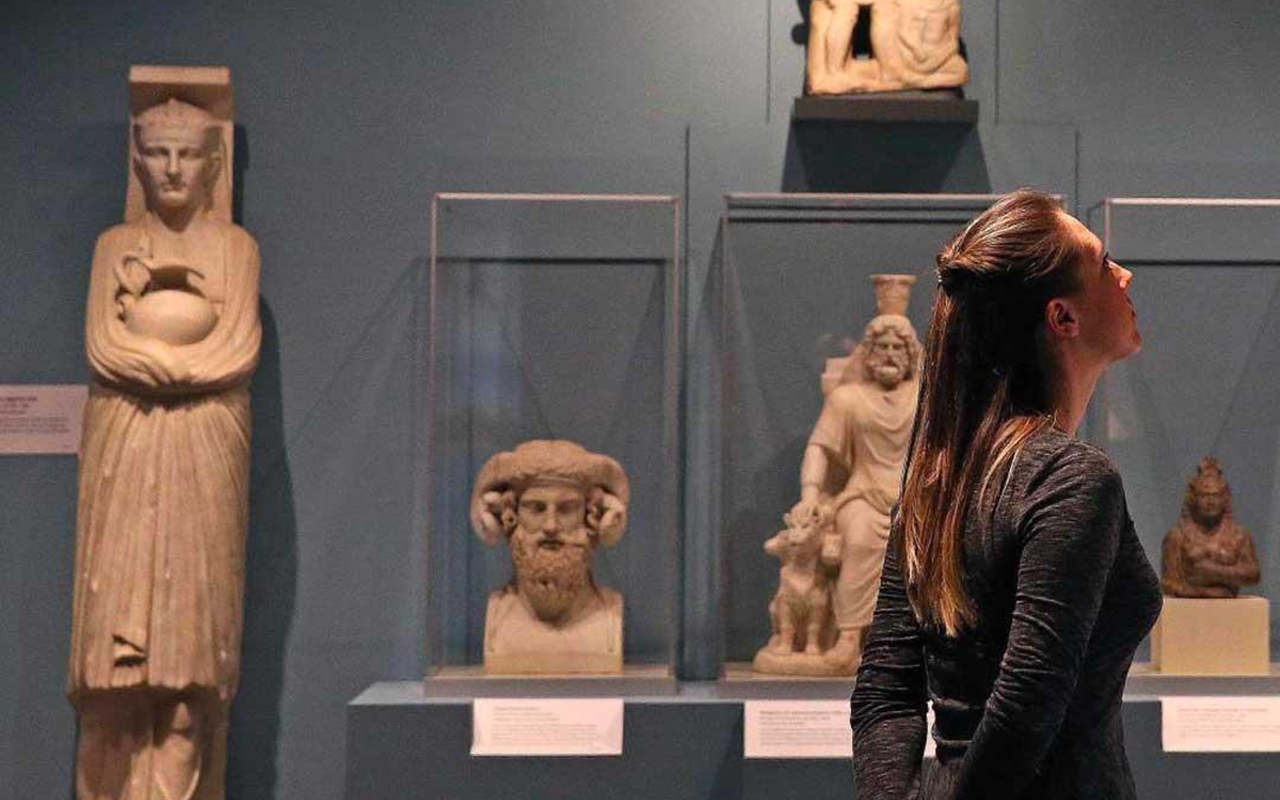Searching for We’wha
2014 - Photography (Photography)
Series of 5 photographic triptychs, 133.4 x 66 cm each
Carlos Motta
Searching for We’wha is composed of five photographic triptychs combining photographs from the American West (New Mexico and Arizona) with excerpts from American Indian poetry in an attempt to reconstruct imaginary aspects of the life of We’Wha, a famous member of the Zuni tribe, who was born male but who lived a feminine gender expression. With this work, Carlos Motta aims to question gender fluidity, indeterminacy, neutrality and non-conformity, using We’wha as an image of the ways in which Two-Spirit American Indians express gender in non-Western non-traditional ways. They are often accepted and revered by their tribes, and in We’wha’s case she even became an official representative of their social interests. The project documents indigenous territories, ruins and sacred landscapes as it invokes We’wha and the ways in which certain traditions have been violently erased. We’wha will never be found since she doesn’t exist anywhere beyond colonial narratives, but the photographic and textual trajectories reveal Western epistemological and representational processes and their ingrained moralism.
Carlos Motta’s is a multi-disciplinary artist whose work seeks to document the social conditions and political struggles of sexual, gender, and ethnic minority communities through a variety of variety of mediums including video, installation, sculpture, drawing, web-based projects, performance, and symposia. This documentary-archive process operates as a means of confronting normative structures and dominant narratives of representation. His practice seeks to excavate silent histories and suppressed narratives and thus draws on extensive research into political history with a focus on post-colonial societies.
Colors:
Related works sharing similar palette

© » ARTS EQUATOR
M1 CONTACT: Dance artists talk mental health | ArtsEquator Thinking and Talking about Arts and Culture in Southeast Asia ArtsEquator Viewpoints June 13, 2020 Four artists, Ruby Jayaseelan, Irfan Kasban, Fabio Liberti and Xenres Kirishima Chi Ji Hong, get personal as they talk about mental health issues in relation to works they have been developing for M1 CONTACT Contemporary Dance Festival...
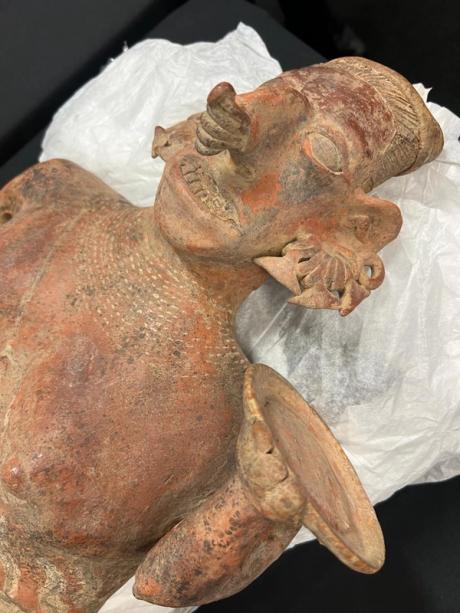
© » THEARTNEWSPER
30 archaeological artefacts returned to Mexican authorities in Los Angeles ceremony Art market Museums & heritage Exhibitions Books Podcasts Columns Technology Adventures with Van Gogh Search Search Museums & Heritage news 30 archaeological artefacts returned to Mexican authorities in Los Angeles ceremony Objects ranging from the 1st century to the 15th century were handed over at the Mexican consulate in Los Angeles earlier this month Benjamin Sutton 9 February 2024 Share An elaborately rendered ceramic figure that was handed over to Mexican authorities in Los Angeles on 1 February Mexico Ministry of Culture Anthropomorphic ceramic figures, necklace beads, vessels and more archaeological objects were turned over to Mexican authorities, including the country’s visiting secretary of foreign affairs, Alicia Bárcena Ibarra, during a ceremony this month at Mexico’s consulate in Los Angeles...

© » ARTS EQUATOR
A sound collaboration: 宿 (stay) at Sydney Festival 2020 | ArtsEquator Thinking and Talking about Arts and Culture in Southeast Asia Articles Guido Gonzalez January 31, 2020 By Maria Herminia Graterol Garrido (571 words, 4-minute read) There is a huge difference between watching a great piece of theatre with a beautiful original score, and experiencing a process that gives equal importance to all the creative aspects, including sound...

© » ARTS EQUATOR
AExGTF Chats: "Between Tiny Cities (រវាងទីក្រុងតូច)" at George Town Festival | ArtsEquator Thinking and Talking about Arts and Culture in Southeast Asia Articles https://artsequator.com/wp-content/uploads/2018/08/Between-Tiny-Cities.mp4 August 8, 2018 Between Tiny Cities (រវាងទីក្រុងតូច) , a two-hander dance performance dovetailing b-boy vocabulary with contemporary dance, was the result of a three-year cultural exchange between Tiny Toones in Cambodia and Darwin City Rockers in Australia...

© » ARTS EQUATOR
Music as a love language: "Love! Be: Sing;" | ArtsEquator Thinking and Talking about Arts and Culture in Southeast Asia Articles Courtesy of SYC Ensemble Singers September 28, 2019 By Shahril Salleh ( 1,000 words, 6-minute read) As cultural icons go, very few choirs have the same gravitas and history as the SYC Ensemble Singers...

© » ARTOMITY
ARTS • TECH Exhibition 2.0 – Make & Believe – ARTOMITY 藝源 T ung Wing-hong, Ng Tsz-kwan, Ho Sin-tung, Human Wu, Lam Lai, Lau Ming-hang Make & Believe Jan 23 – 28, 2024 Curator & Producer: Orlean Lai F Hall Studio, Tai Kwun 10 Hollywood Road Central, Hong Kong Tuesday – Sunday, 11am – 7.30pm arts-tech.hk/en/ Hong Kong Arts Development Council (HKADC) proudly presents Make & Believe , the second exhibition of ARTS • TECH Exhibition 2.0...

© » KADIST
Jeff Burton
2012In Eniko Mihalik (2012), the camera captures a glimpse of the eponymous Hungarian model as seen through a rearview mirror...

© » ARTS EQUATOR
Weekly Southeast Asia Radar: Penang's abusive theatregoers; Pandemic storytelling | ArtsEquator Thinking and Talking about Arts and Culture in Southeast Asia ArtsEquator Radar Gajah Gallery via Jakarta Post September 24, 2020 ArtsEquator’s Southeast Asia Radar features articles and posts about arts and culture in Southeast Asia, drawn from local and regional websites and publications – aggregated content from outside sources, so we are exposed to a multitude of voices in the region...
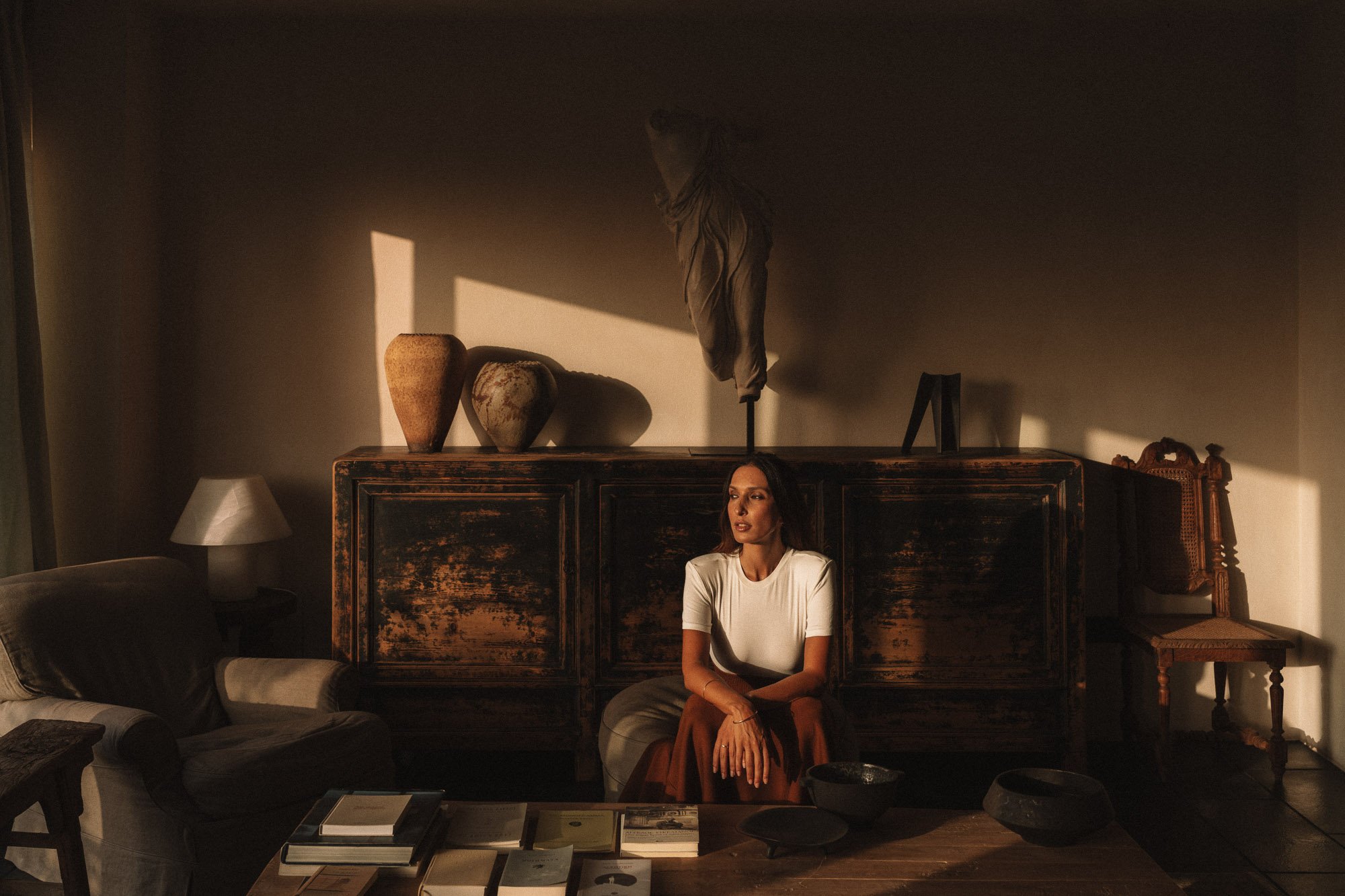
© » IGNANT
Eva Papadaki—A Storage Full Of Memories - IGNANT Name Eva Papadaki Images Clemens Poloczek Words Marie-Louise Schmidlin For those with a keen eye for thoughtfully designed interiors and spaces, it’s nearly impossible to oversee Eva Papadaki and her 10AM projects when zooming in on the creative landscape of Athens...




/cdn.vox-cdn.com/uploads/chorus_asset/file/25166630/GAG_203_Unit_00205RC.jpg)



